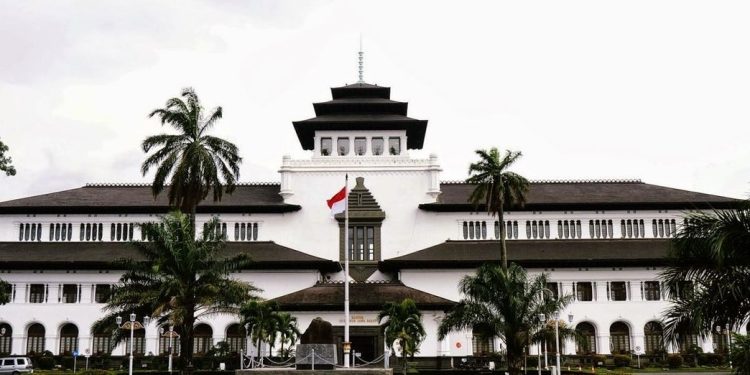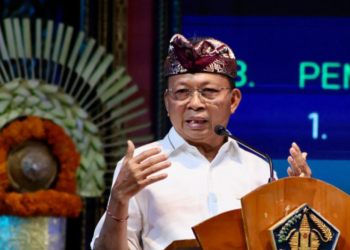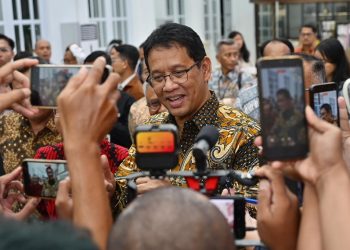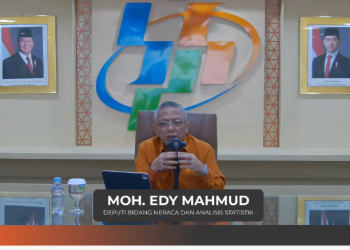Bandung, Indonesia Sentinel — According to the latest report from Indonesia’s statistics agency (BPS), West Java recorded 3.65 million residents living below the poverty line as of March 2025, equivalent to 7.02% of its population.
The province, home to around 50 million people, ranked as the second most populous in terms of poor residents, after East Java. Although still high, the figure marked a drop of 13,610 people compared with September 2024. The poverty rate also edged down by 0.06 percentage points over the same period.
However, BPS noted a shift between urban and rural areas. The number of poor people in cities increased by 66,020, while rural areas saw a decline of 79,630. Officials said the rise in urban poverty was linked to higher prices for basic goods and an uptick in unemployment.
Earlier in February, BPS published district-level poverty data in its “West Java in Figures” report for 2024. Bogor Regency topped the list with 446,790 poor residents, followed by Garut, Cirebon, Bandung, and Cianjur.
Top Five Districts by Number of Poor Residents in West Java (2024):
- Bogor Regency – 446,790
- Garut Regency – 259,320
- Cirebon Regency – 245,920
- Bandung Regency – 239,870
- Cianjur Regency – 239,300
Read Also:
BPS measures poverty using the basic needs approach, which defines the poverty threshold based on the minimum expenditure required to meet essential food and non-food needs.
The poverty line is calculated by combining two components: the Food Poverty Line (FPL) and the Non-Food Poverty Line (NFPL). Under this method, individuals are classified as poor if their average monthly per capita spending falls below this threshold.
As of March 2025, the national poverty line stood at Rp547,752 (approximately $33.50) per person per month.
The five major food items contributing to the poverty line were rice, filtered kretek cigarettes, chicken eggs, broiler chicken meat, and both powdered and instant coffee.
On the non-food side, the top contributors were housing, gasoline, electricity, education, and personal hygiene products.
This approach reflects a broader understanding of poverty, not only as a lack of income, but as an economic inability to meet basic living standards.
(Raidi/Agung)


























